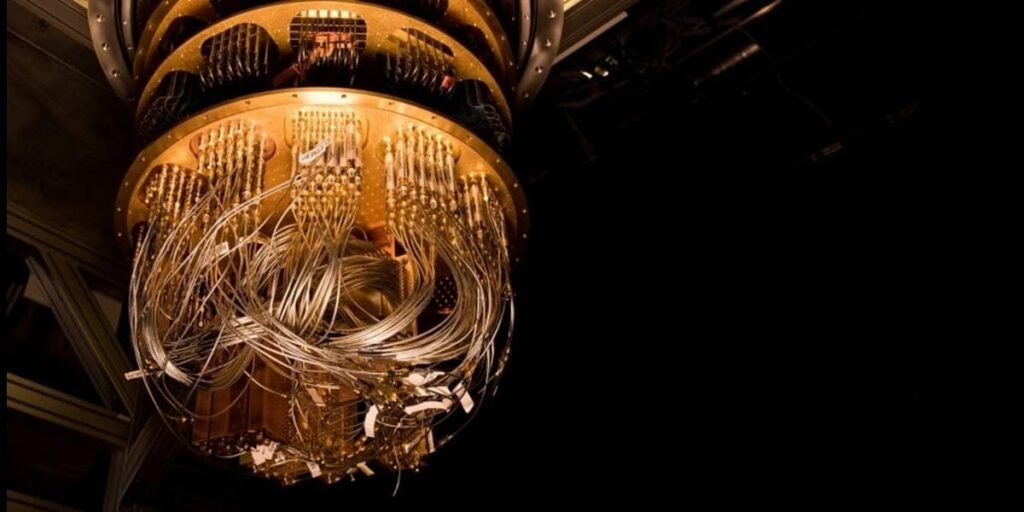A group of scientists in partnership with Google’s quantum computing labs has created the world’s first “Time Crystal” inside a quantum computer. As per a recently published study entitled “Observation of Time-Crystalline Eigenstate Order on a Quantum Processor”, Google researchers and physicists at Princeton, Stanford, and other universities claim that ‘Time Crystal’ is a new phase of matter that violates Newton’s law of Thermodynamics.
Perhaps Google and the team created a time crystal, this research is a preprint and the scientists’ community must need some time to examine the work. So, we can’t come to any conclusion until the research has not been fully peer-reviewed. I believe that if it comes out to be real then it is the greatest discovery of our lives (despite its name tech giants won’t be able to build a time machine using it).
What is a Time Crystal?
First hypothesized in 2012, time crystals are stable but the atoms that made them up are constantly evolving. This is contrary to the other phases of matter which are in thermal equilibrium.
But the scientists did not agree on the possibility of this in reality. So, time crystals were hot discussions or demonstrations for years but did not meet the entire relevant criteria.
To understand this let us take on the example of ice cubes. When we add an ice cube to the glass of water it leads to two different temperatures. As the time goes up, the water cools and the ice cube warms up and melts and then finally we get a glass of water at room temperature. We refer to this process as “thermal equilibrium” and heat ceases to flow as the temperatures are in equilibrium.
Based on classical physics, the universe is always in motion towards entropy. It means that the glass of water at room temperature will always cause the ice cube to melt.
If there are no processes, the system entropy will always remain the same but it will increase if there are processes. However, time crystals do not give a damn about this law. And theoretically, they can sustain entropy even when they are in process.
How did Google come up with a Time Crystal?

As explained by Quanta magazine, the time crystal is essentially composed of three fundamental elements:
- The first one is known as “many-body localization” in which a row of particles having its magnetic orientation interlocks in a mixture of low and high energy configurations.
- In the secondary state, the mirror version of the particles is created by inverting their all orientations- known as eigenstate order.
- At last, there is the application of laser light. In this, without utilizing the energy from the laser light we can change the normal state to mirror and then back again. We call this result Floquet time crystal.
Google’s quantum computer named Sycamore might have used a chip with 20 of its qubits, holding both states together, reports to SlashGear.
The controllable quantum particles are Qubits. They are adjusting the force of interaction between each qubit enabling the researchers to randomize interactions to reach the body location. Afterward, without utilizing laser energy, microwaves move the particles into their mirror orientation.
“Our work relies on a time-reversal protocol that discriminates external decoherence and intrinsic thermalization, and takes advantage of quantum typicality to circumvent the exponential cost of high-density eigenspectrum sampling,” the author wrote in a paper.
“Furthermore, we can localize the phase transition out of DTC with experimental finite-size analysis. These results provide an evolutionary approach for studying the non-equilibrium phases of matter on today’s quantum processors.”
Google also made a few daring predictions on what its quantum venture might achieve. Its focus is on producing more efficient drugs and vaccines, producing effective fertilizers, and improving batteries based on the potential result of research.
So, it’s interesting to see how far this research by Google and the team will take us in the future.

1 Comment
Pingback: NIST Discovers New Quantum Crystal That Can Sense Dark Matter - Craffic